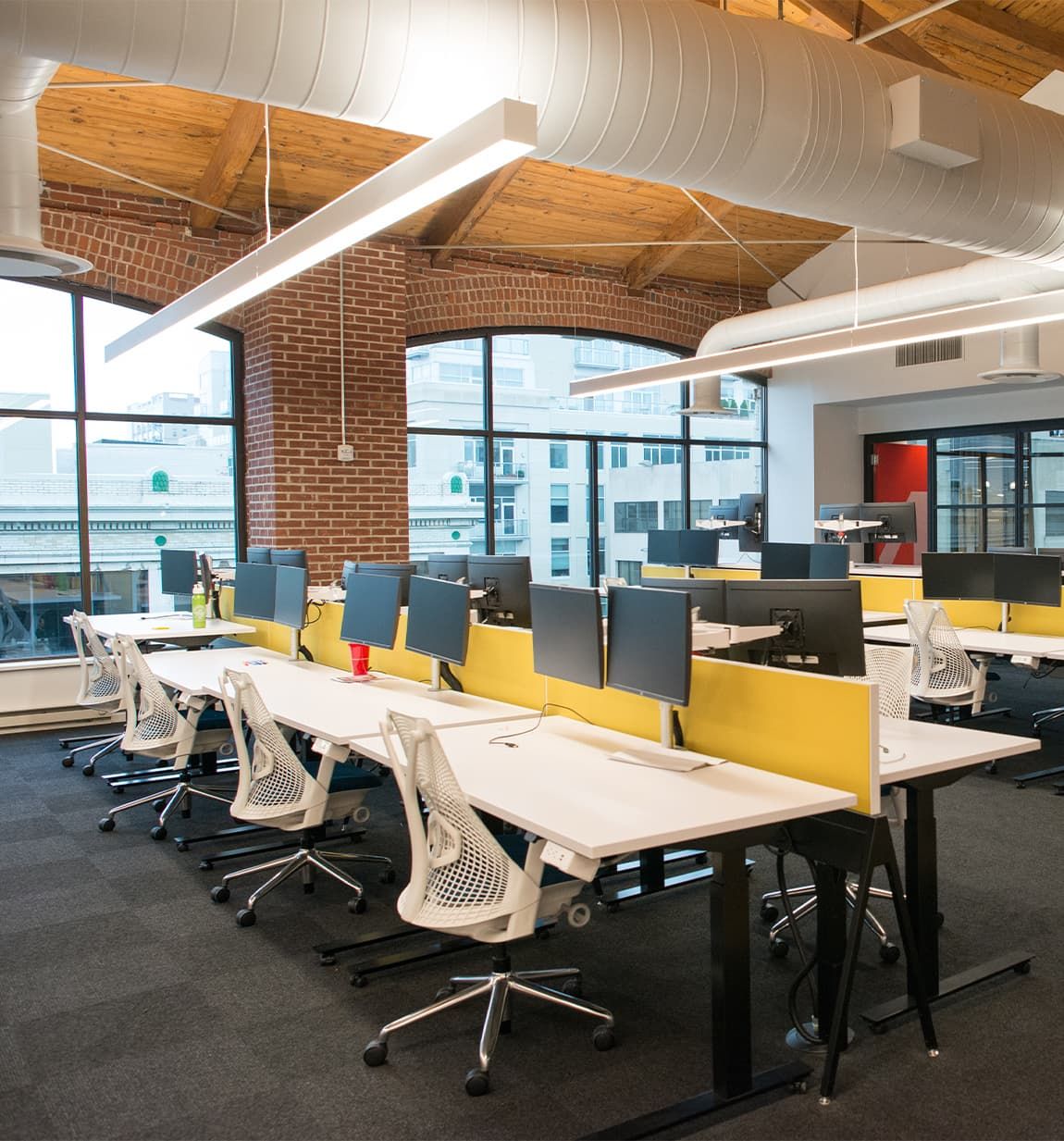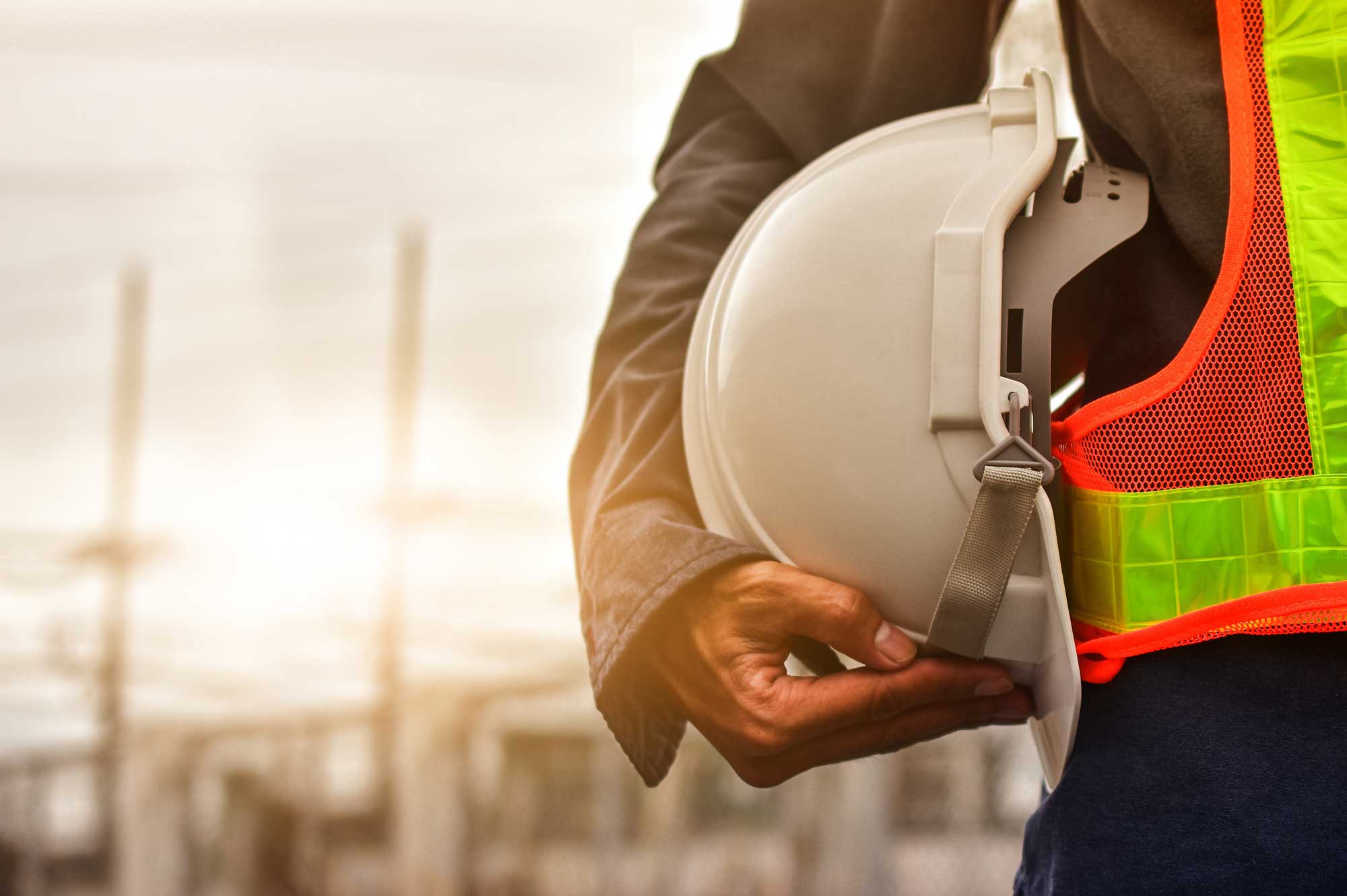Health, safety, and environment (HSE) management is a critical component of any construction project. Ensuring that HSE practices are in place not only protects workers and contractors but also contributes to the efficiency, wellbeing and sustainability of construction operations.
What is Health, Safety, and Environment (HSE) Management?
Health, Safety, and Environment (HSE) management in the construction industry refers to the structured processes and practices designed to safeguard the health and well-being of workers, ensure safe working conditions, and minimise the environmental impact of construction activities. It is a very critical component of construction project management, focusing on preventing accidents, protecting workers, and adhering to legal and regulatory requirements related to safety and environmental preservation.
In the construction sector, where the risks of injuries, accidents, and environmental hazards are quite high, HSE management ensures that proper systems are in place to mitigate these risks. This includes the development of safety protocols, regular risk assessments, and continuous monitoring to maintain compliance with national and international safety standards.
In 2022, 981 deaths were reported in construction, the highest of any industry. Therefore, effective HSE management requires a structured approach, focusing on both preventative and proactive measures. Here are our solutions for frequently asked HSE management practices in the construction workplace.
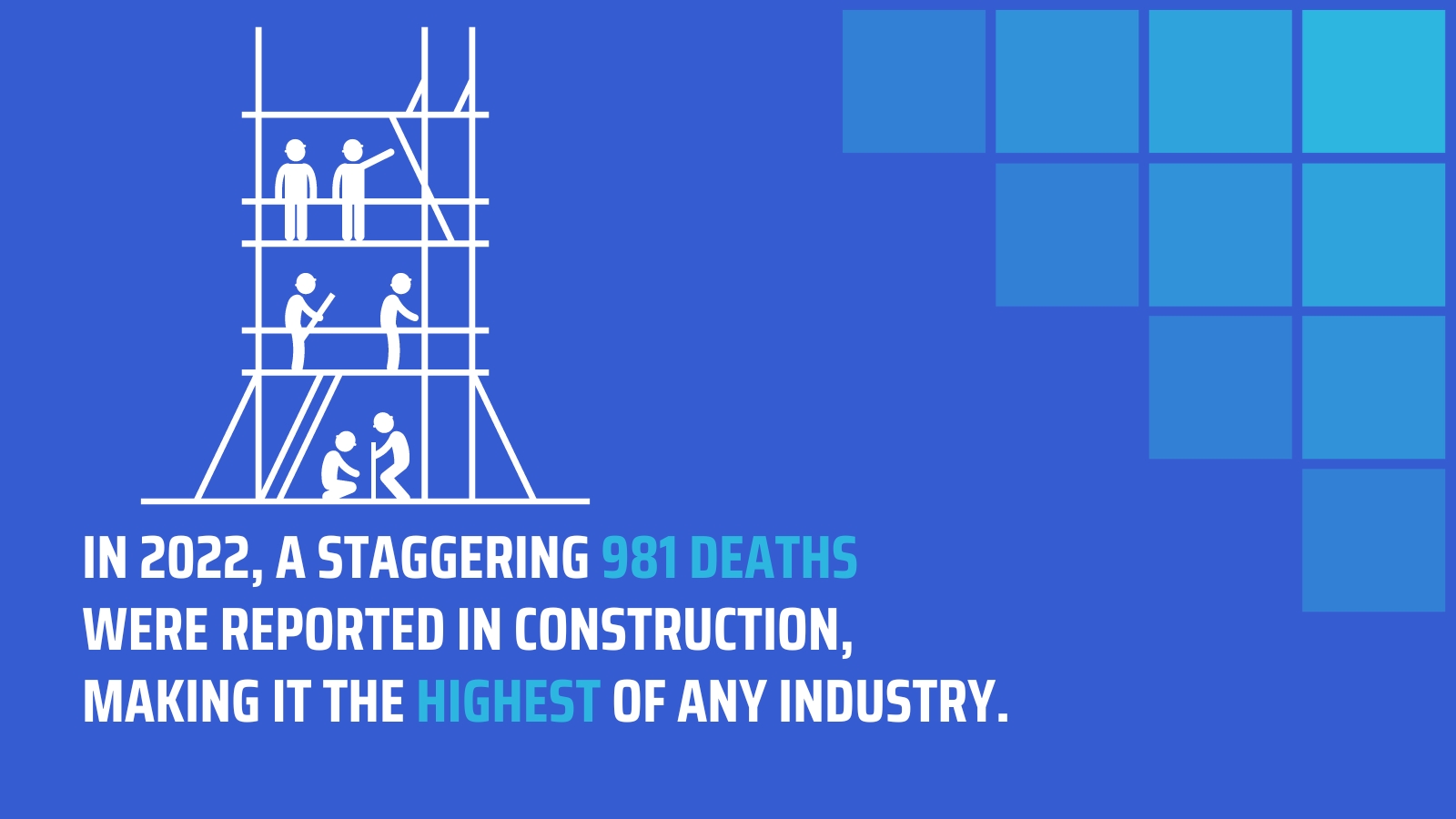
1. How do you Establish a Comprehensive Health, Safety, and Environment (HSE) Management System?
A robust HSE (Health, Safety, and Environment) management system is the cornerstone for safe and sustainable construction projects. It provides a framework for identifying, assessing, and controlling risks, ensuring compliance with legal and industry standards, and promoting a culture of safety.
Key components of a comprehensive HSE management system include:
- HSE policy: A clear statement of the organisation’s commitment to health, safety, and environmental protection.
- Risk assessment: A systematic process of identifying hazards, assessing risks, and implementing control measures.
- Emergency response plan: A detailed plan for responding to accidents, incidents, and emergencies.
- Incident reporting and investigation: A system for reporting and investigating accidents, near-misses, and other incidents.
- Monitoring and evaluation: A process for measuring the effectiveness of HSE measures and identifying areas for improvement.
Example: The Dubai Municipality outlines technical guidelines for health, safety, and environmental sustainability in construction projects. A comprehensive HSE management system is essential for compliance with this code.
2. How do you Implement Effective Health, Safety, and Environment (HSE) Contractor Management?
In the construction industry, many projects involve multiple contractors, each with their own HSE practices and procedures. Effective HSE contractor management is essential to ensure that all contractors are working safely and complying with the project’s requirements.
Key elements of effective HSE contractor management include:
- Pre-Qualification Process: Implement a rigorous pre-qualification process to ensure all contractors meet the required safety standards before being allowed on-site. This can include reviewing their Total Incident Rate (TIR), EHS policies, and past safety performance.
- Training and Orientation: Ensure all contractors undergo mandatory safety training and orientation sessions. These should cover the project’s specific safety requirements, emergency procedures, and the importance of reporting near-misses.
- Regular Audits and Inspections: Conduct regular safety audits and inspections to ensure ongoing compliance. Address any non-compliance issues immediately and implement corrective actions.
- Safety Performance Metrics: Establish Key Performance Indicators (KPIs) to monitor safety performance. Metrics such as the number of safety incidents, near-misses, and compliance with safety protocols can be tracked.
- Communication and Engagement: Hold regular safety meetings with all contractors to discuss safety performance, share best practices, and address concerns. This helps foster a culture of safety and continuous improvement.
Example: Abu Dhabi Airport launched a Health, Safety, and Environment (HSE) campaign in 2018 aimed at raising awareness among contractors, especially considering the high summer temperatures. The campaign, part of an annual initiative, focused on protecting workers from heat-related risks, enhancing overall safety practices, and ensuring that contractors adhered to strict HSE guidelines.
3. How do you Foster Strong Communication Across the Workplace?
Effective communication is essential for ensuring that all workers are aware of and understand the project’s Health, Safety, and Environment (HSE) requirements. It is also important for promoting a culture of safety and encouraging workers to report hazards and concerns.
Key strategies for fostering strong communication in the workplace include:
- Toolbox talks: Conducting brief safety discussions at the start of each workday to highlight specific hazards or safety topics.
- Safety signage: Using clear and concise signage to communicate safety messages and identify hazards.
- Open-door policies: Encouraging workers to raise concerns or report hazards without fear of reprisal.
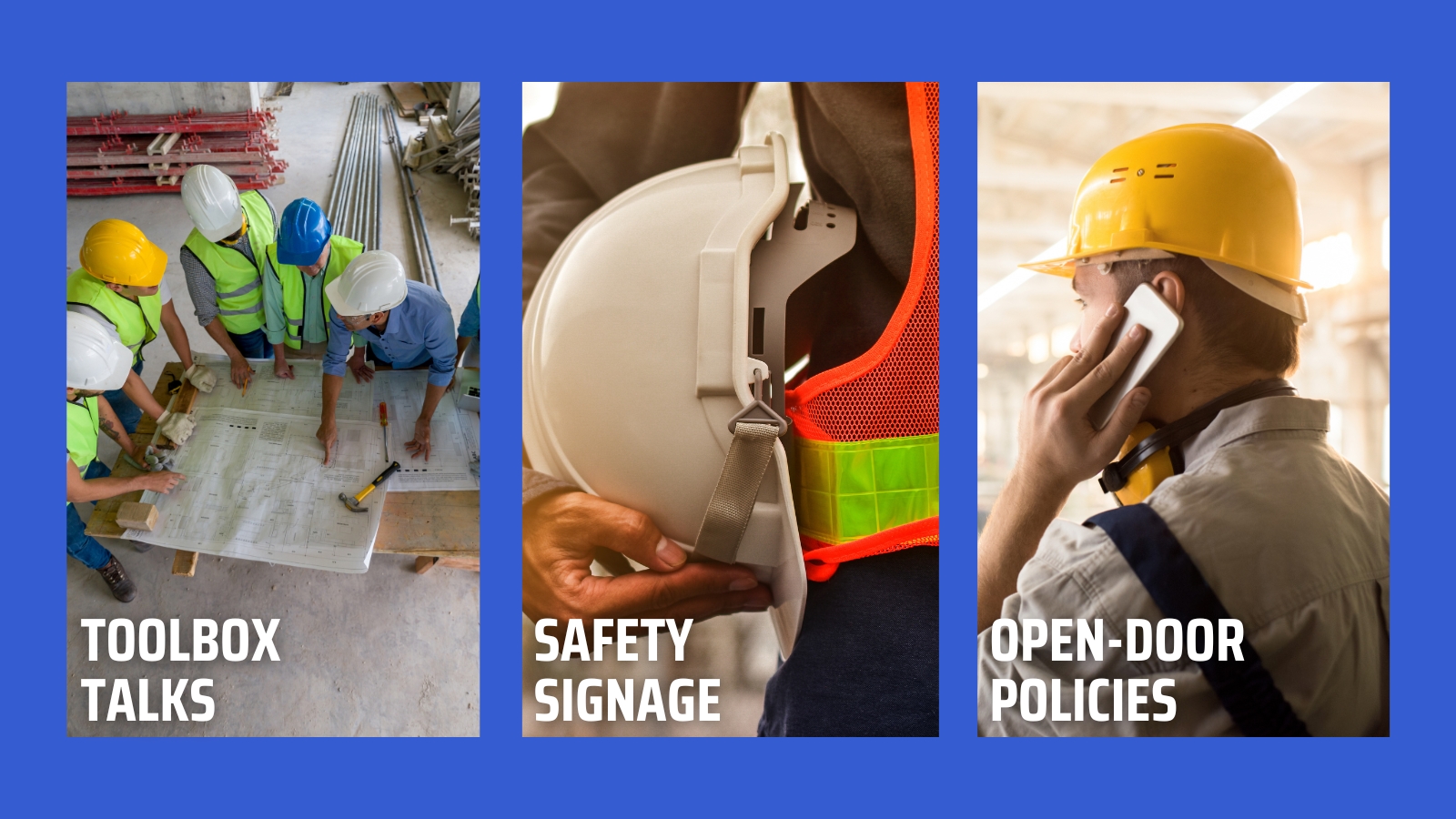
Example: Qatar's Occupational Safety and Health Regulations require employers to provide safety training and education to all workers and to establish effective communication channels. The Ministry of Administrative Development, Labour and Social Affairs (MADLSA) in Qatar is responsible for developing and revising labour legislation on occupational safety and health (OSH), supervising labour inspections, promoting compliance with international agreements, conducting OSH research, and fostering education and partnerships to improve workplace safety.
4. How do you Build a Safety-First Culture on Site?
A strong safety culture is essential for creating a safe and healthy work environment. It involves a shared commitment to safety among all workers and a belief that safety is a top priority.
Key strategies for building a safety-first culture include:
- Leadership commitment: Clear and visible commitment to safety from the upper management who are dedicated to a people-first culture.
- Employee involvement: Encouraging workers to participate in safety initiatives and raise concerns.
- Recognition and rewards: Recognising and rewarding workers for their contributions to safety.
Example: During the construction of the Expo 2020 Dubai site, there was an unwavering commitment to safety to be followed. This included rigorous worker welfare standards, comprehensive safety audits, and continuous monitoring by international safety consultants. Expo 2020 implemented mandatory safety inductions for all workers and held weekly safety meetings to keep standards high.
5. How do you Leverage Technology for Health, Safety, and Environment (HSE) Management?
The use of technology in HSE management has transformed the way construction sites are monitored for safety. Tools like Building Information Modelling (BIM), drones, and real-time data collection systems enable continuous monitoring of site conditions, allowing potential hazards to be identified and mitigated before they escalate.
Additional things to consider:
- Risk assessments: Conduct thorough risk assessments to prioritise and address hazards effectively.
- Safety training: Offer comprehensive safety training, covering essential topics such as personal protective equipment (PPE), emergency procedures, and hazard identification.
- Incident reporting: Encourage workers to report all incidents, near-misses, and unsafe conditions. This helps identify and address potential hazards early on.
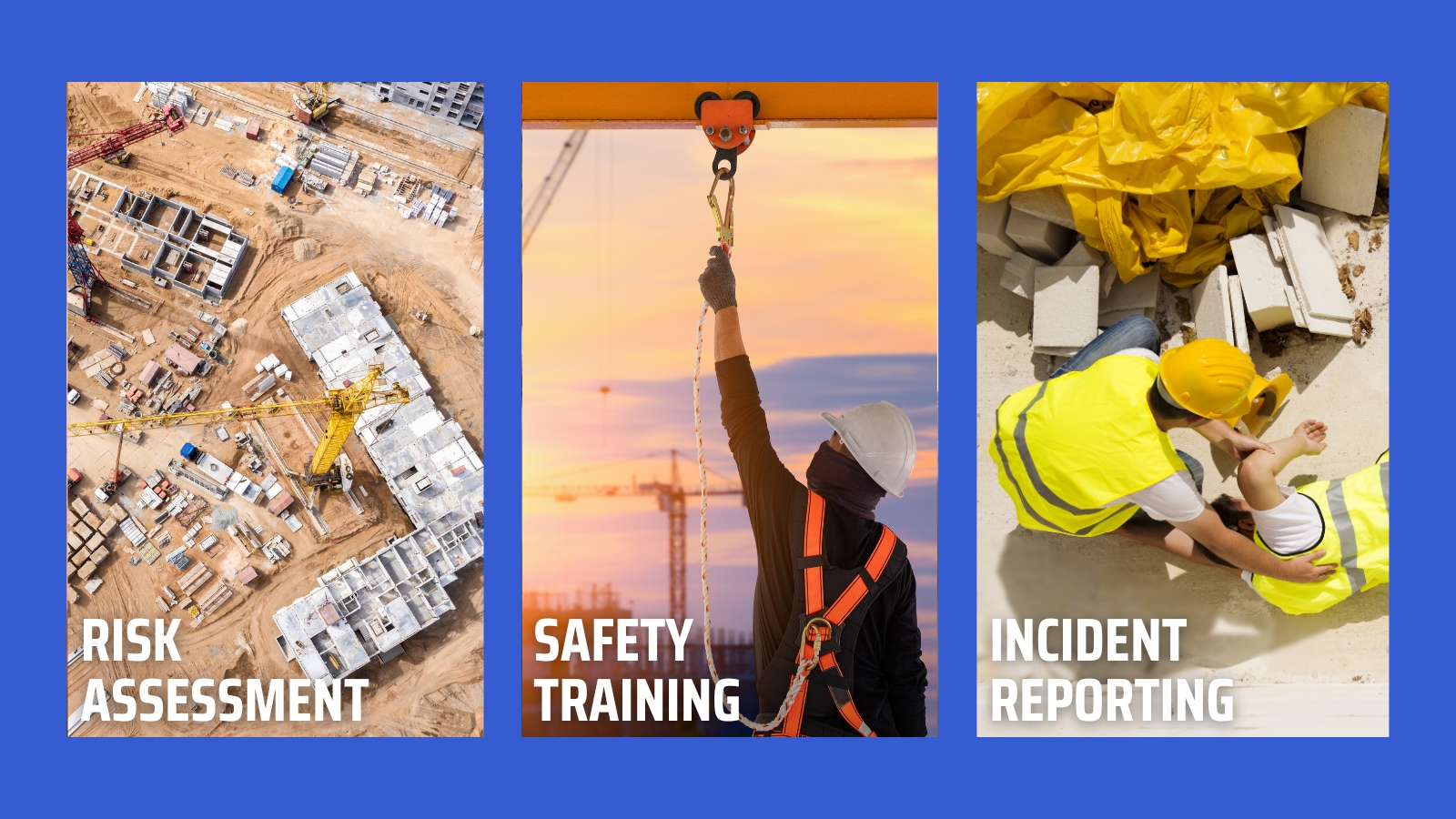
By integrating these practices, construction companies can create safer, more efficient worksites, ultimately protecting the health and well-being of their workforce.
Conclusion
In the fast-paced and potentially hazardous environment of construction, robust health, safety, and environmental (HSE) management practices are indispensable. By implementing a comprehensive HSE management system, managing contractors effectively, and fostering a safety-first culture, construction consultants can help maintain safer, more efficient worksites. Moreover, regular updates to HSE management plans and leveraging technology further ensure long-term success in safety and compliance.
About us
At Stonehaven, we provide high-quality health, safety, and environmental management systems to ensure your construction projects are safe, compliant, and efficient. With our specialised HSE contractor management services and tailored HSE management plans, we help you maintain the highest standards of safety while mitigating risks.
Whether you require an environment management system, HSE facilities management, or a customised HSE management plan for construction, Stonehaven has the expertise to support your project's needs.
Get in touch with Stonehaven today to elevate the safety and compliance of your construction project with our expert HSE solutions.






